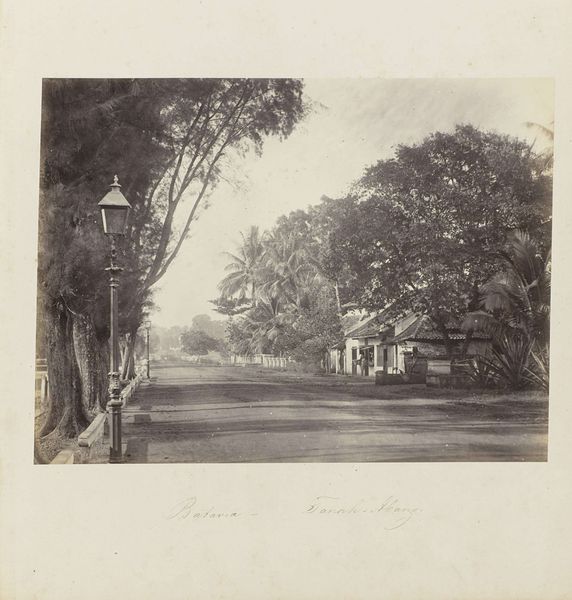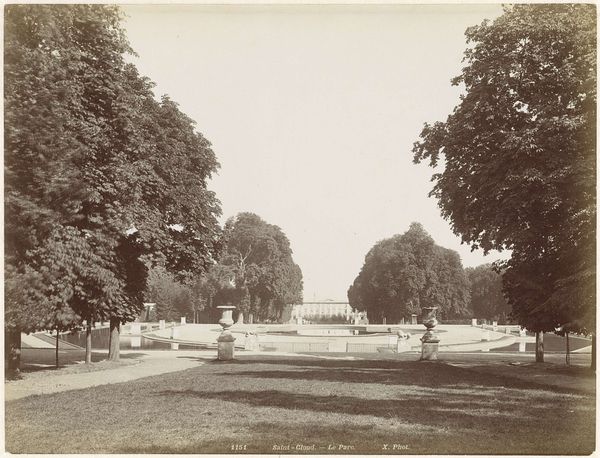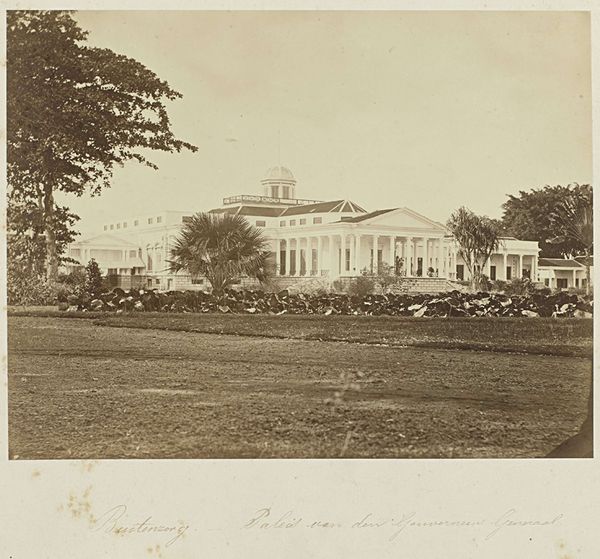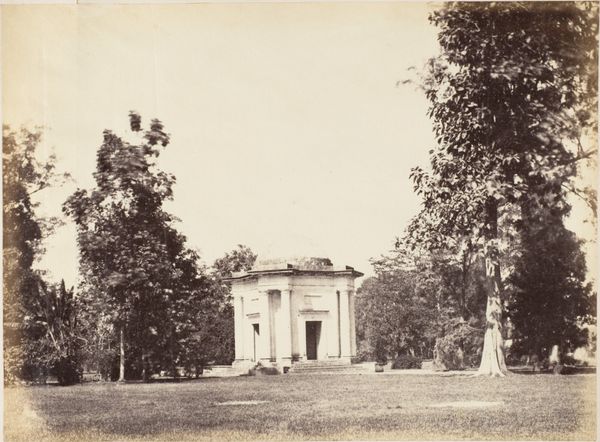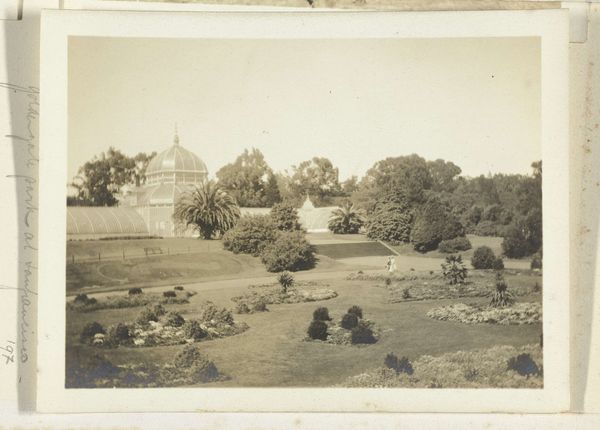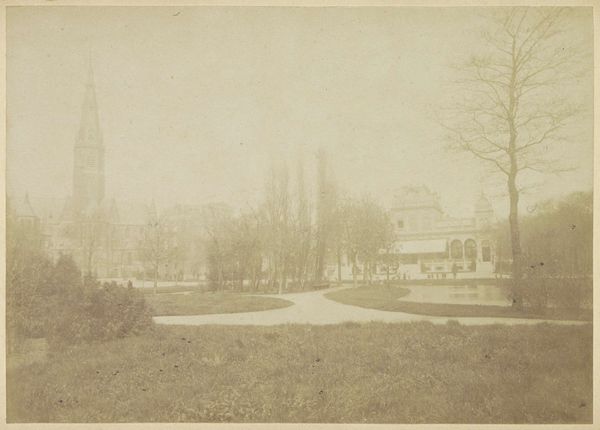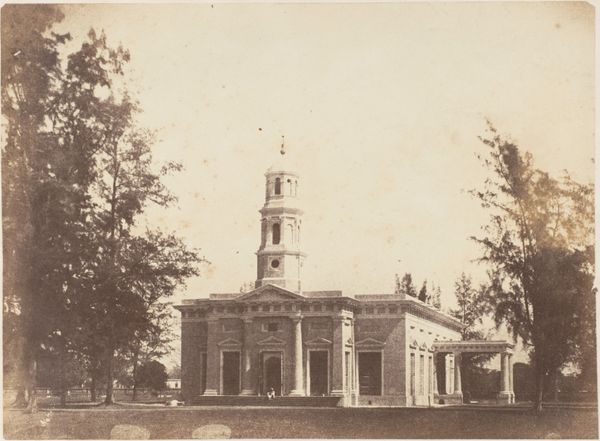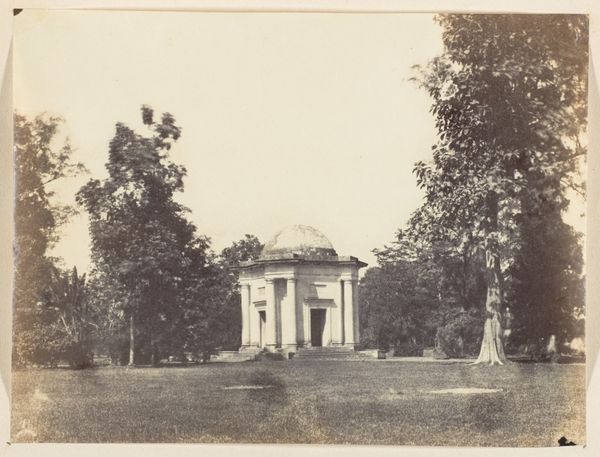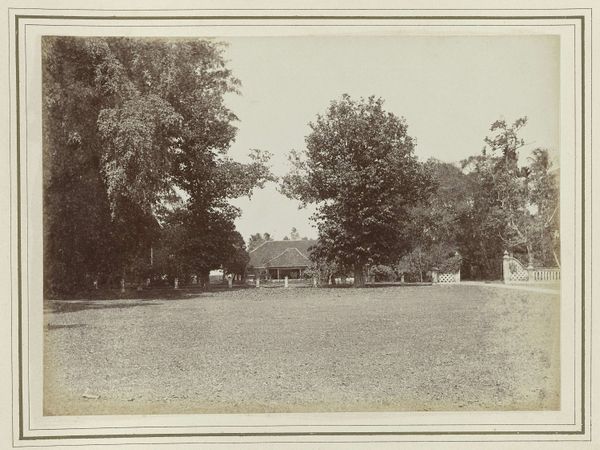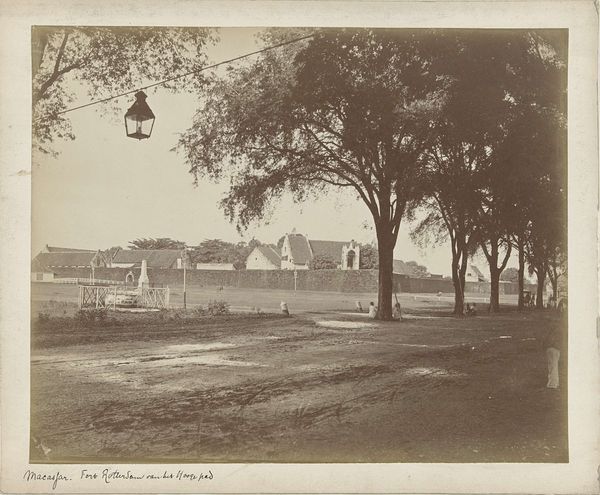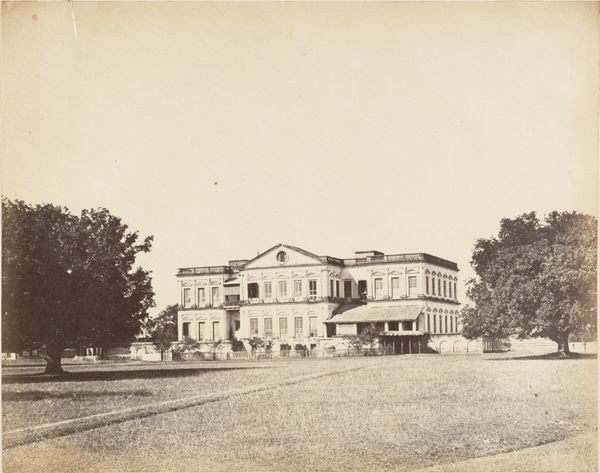
Memorial to General Andreas Victor Michiels in Waterlooplein in Batavia 1870 - 1890
0:00
0:00
photography, architecture
#
asian-art
#
landscape
#
outdoor photo
#
archive photography
#
historic architecture
#
photography
#
historical photography
#
19th century
#
cityscape
#
architecture
Dimensions: height 188 mm, width 240 mm
Copyright: Rijks Museum: Open Domain
Editor: So, this photograph, "Memorial to General Andreas Victor Michiels in Waterlooplein in Batavia," captured by Woodbury & Page sometime between 1870 and 1890, is currently held at the Rijksmuseum. The sepia tones and the composition give it this solemn, almost haunting, feeling. What stands out to you? Curator: What I see here is more than just a memorial, it's a visual statement about power and colonialism. Look at the architectural style of the monument itself – decidedly European, isn’t it? In what ways does this colonial architecture enforce power structures in Indonesia? Editor: I guess placing such a distinctly European structure in Batavia – modern-day Jakarta – sends a message, like claiming the space and imposing a specific cultural presence. It is made in the form of what looks like a christian cathedral and it is dedicated to the general. But how was the general himself perceived by the local population? Curator: Exactly! Consider General Michiels, who the monument is dedicated to. How might his actions during the colonial period have impacted the lives of the local population? What narratives are silenced by this monument? Editor: That’s a good point. We're celebrating a colonial figure without acknowledging the potential harm inflicted on the colonized. The photo seems to just accept that presence as the only valid viewpoint. Do you think the artists, Woodbury & Page, might have been making a specific comment, or were they simply documenting the landscape as they saw it? Curator: That’s the key question. Were they critical observers, or simply chroniclers of the status quo? Consider their position within the colonial hierarchy; what role did they play? Editor: I hadn't considered the photographer's positionality. This monument suddenly feels a lot more complex – less about remembering a general, and more about the complex power dynamics of colonial history. Curator: Indeed. This work demands that we critically engage with the narrative it presents and unpack the layers of power, representation, and historical context embedded within it.
Comments
No comments
Be the first to comment and join the conversation on the ultimate creative platform.

